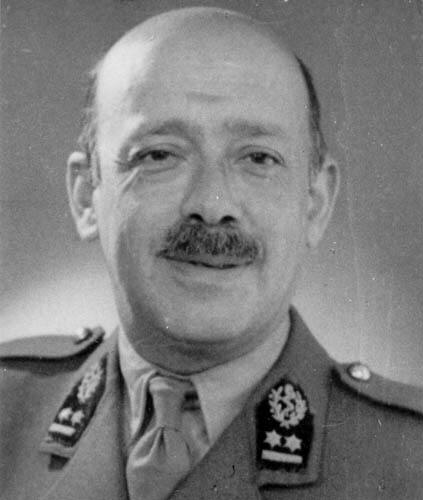Many number theorists know about Zeckendorf sums, but few know anything about man for whom these sums are named.
At the end of the nineteenth century, his father established himself as a dentist in Liège, Belgium. He was a Dutch citizen. Edouard was born in Liège, and in 1925 he qualifed as a medical doctor at the University of Liège and became a Belgian Army officer. Before 1930, he also obtained a License for Dental Surgery. Both Dr. Zeckendorf and his wife were artists.
In 1940, Dr. Zeckendorf was taken prisoner by the Germans, and in that capacity, he provided medical care to allied POW's until 1945. During 1949-50, he was in charge of a 500-mile long ceasefire line in India. In 1959, Dr. Zeckendorf remarried, his first wife having died in 1944. Through the years, Dr. Zeckendorf published several mathematical papers.
Zeckendorf wrote in a 1972 article that the sums that bear his name date from 1939. It seems likely that the earliest published reference to these sums is in an article by C. G. Lekkerkerker, dated 1952-1953. Zeckendorf's theorem about these sums is as follows: Each positive integer has a unique representation as a sum of two or more nonconsecutive Fibonacci numbers, as exemplified by
